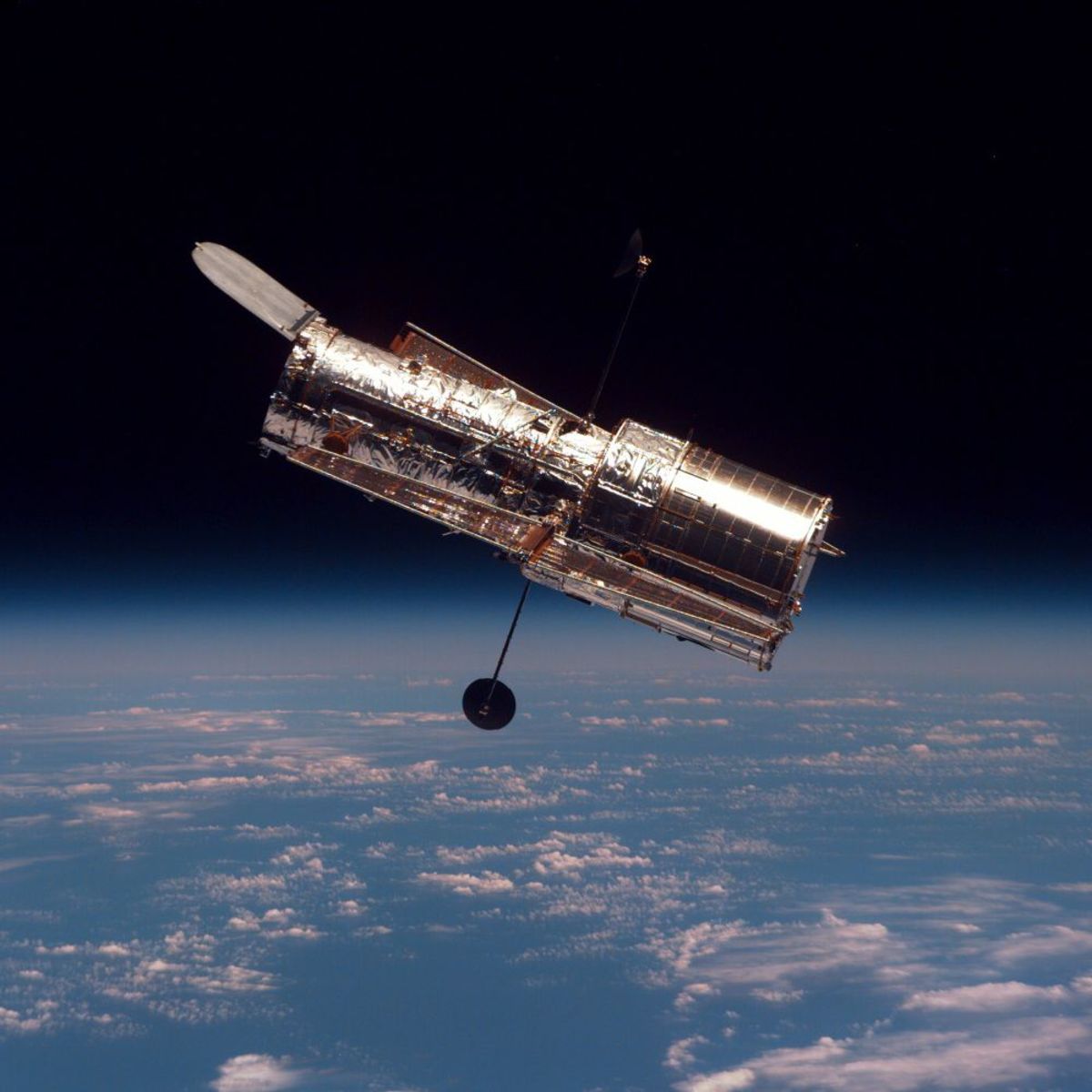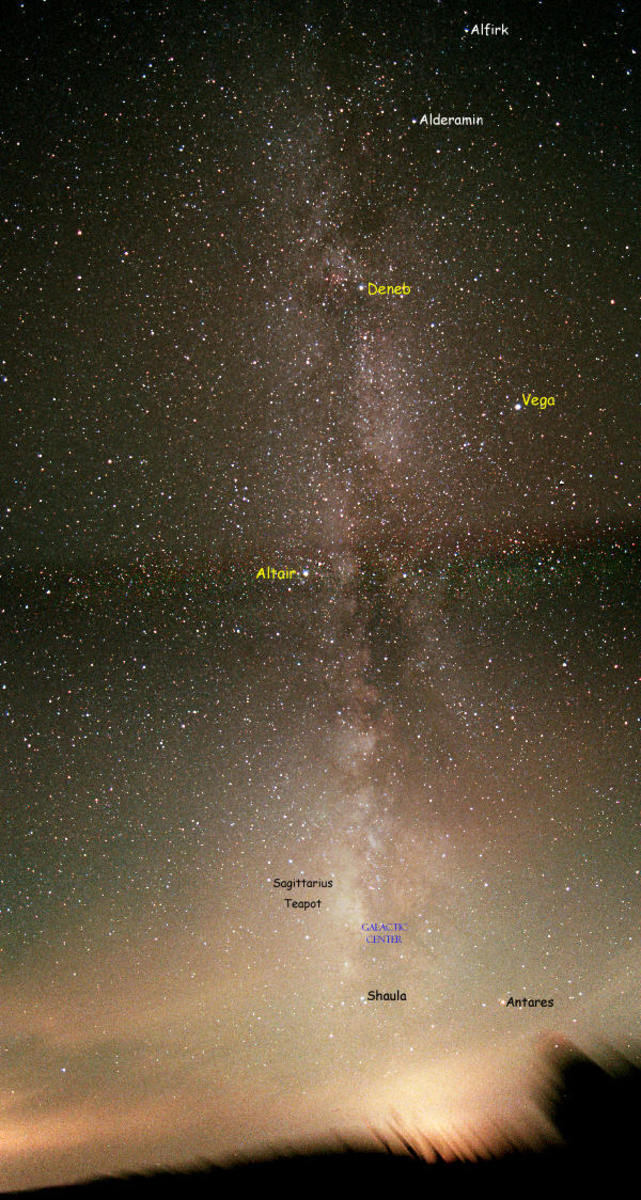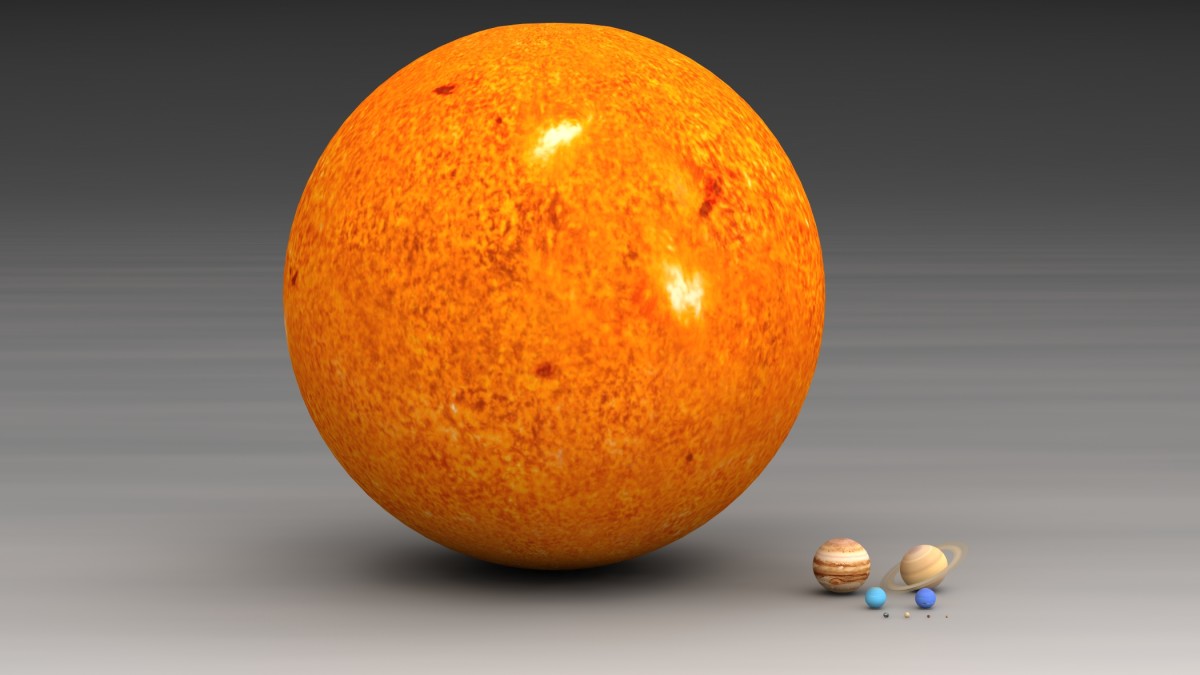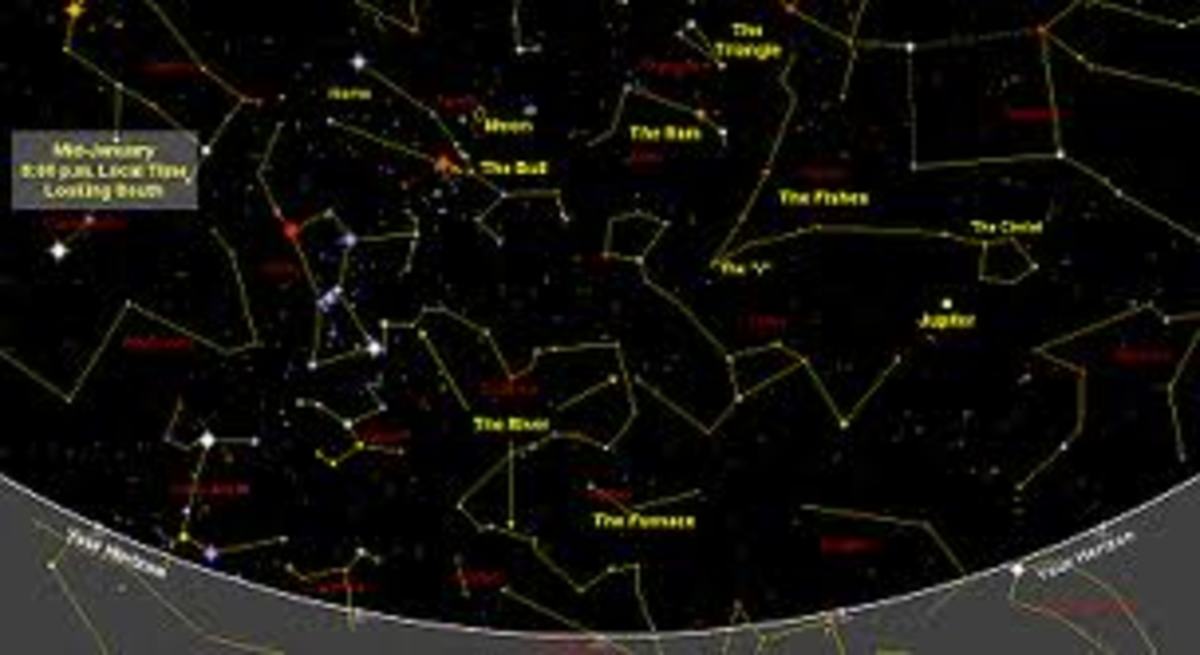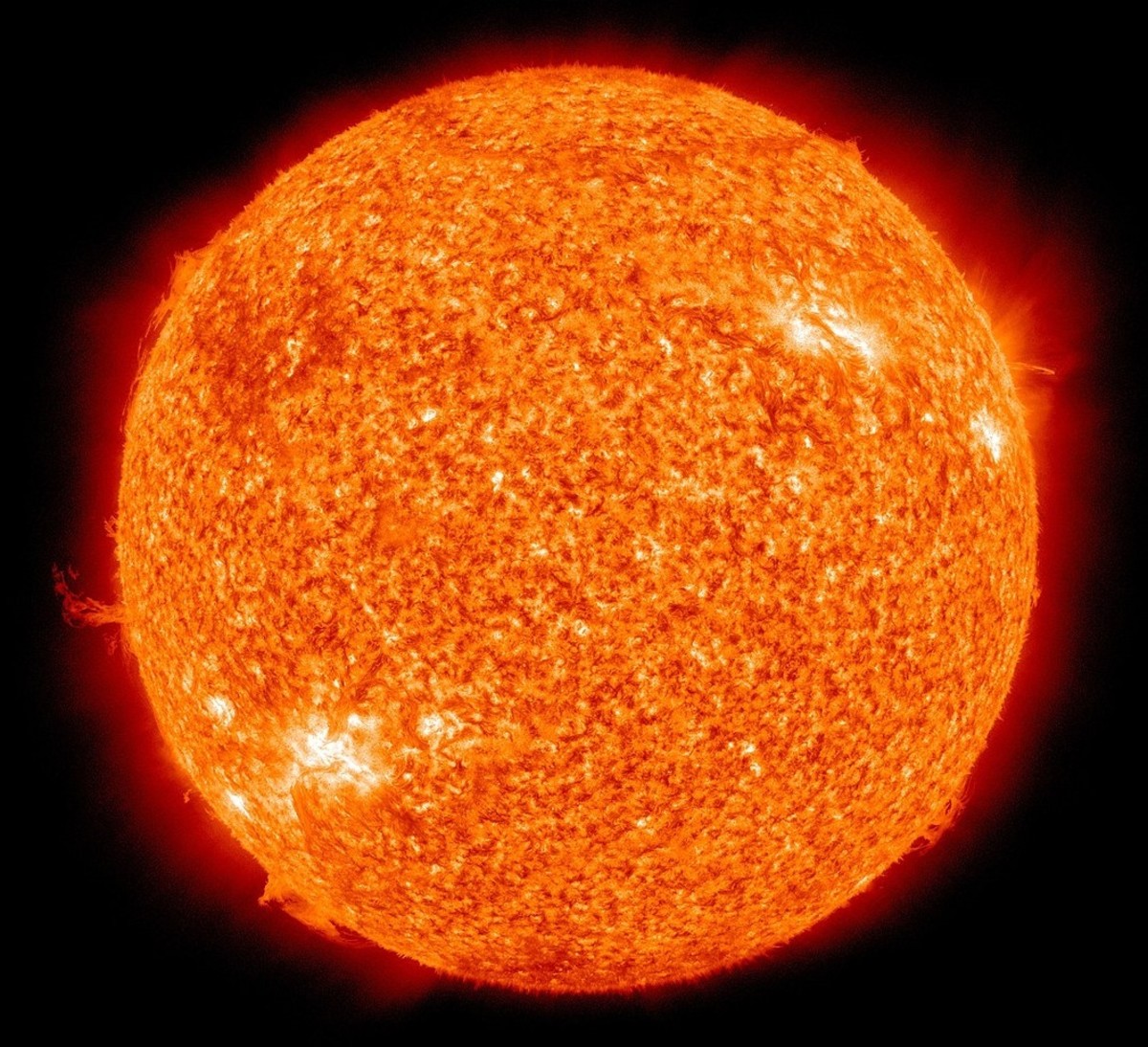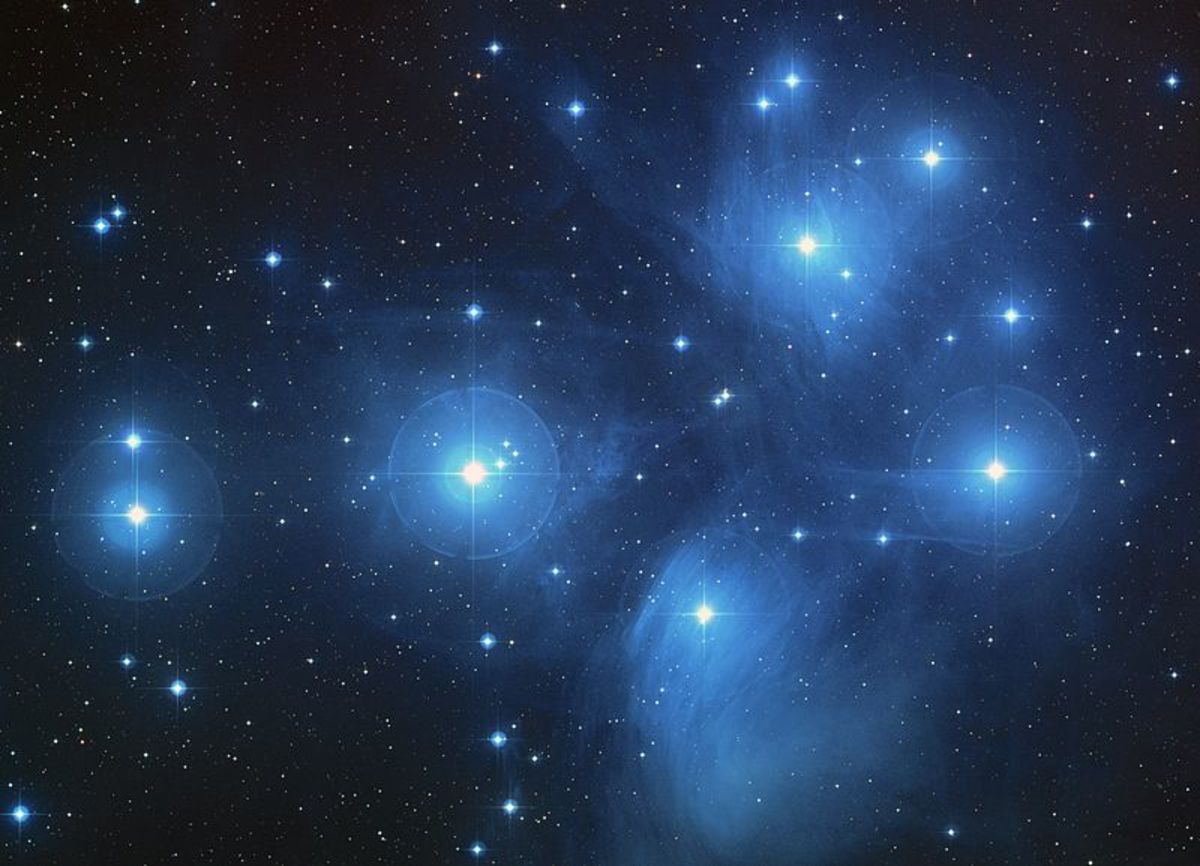The Universal Spectacle: Six Different Types of Galaxies
Humanity has only recently started to unravel some of the mysteries of the universe. From what we know, you can look at any place in the night sky, and anywhere, no matter how empty and dark it seems, is actually shock full of galaxies. That is the level of richness our universe has.
Beyond just being a night infinite treasure trove of identical objects, however, our universe is also capable of intriguing diversity in its structures. Feast your eyes on some of the beauties our universe has produced.
Antennae Galaxies
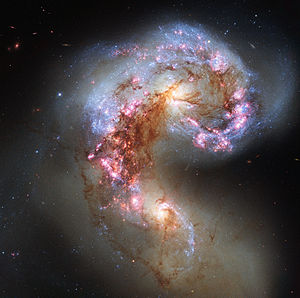
The Antennae Galaxies (NGC 4038 to the left and NGC 4039 to the right) are not a single structure, as it was once believed, but are a pair of galaxies interacting with each other. It is speculated that they were once separate objects that are currently going through an advanced state of collision.
While colliding galaxies aren't exactly common, they aren't all that super rare either. Most, if not all of the odd shaped star clusters are results of colliding galaxies. What's impressive about the antennae is that they're a prime example of galaxies undergoing a process known as starbust, an extremely powerful event which happens when two galaxies interact, causing them to generate new stars at an exceptional rate. This is why the antennae galaxies look so spectacularly illuminated.
They are called the antennae galaxies because, when viewed from the ground with a telescope, the massive gas lines they form in the skies look kinda like the antennas of an insect.
Porpoise Galaxy
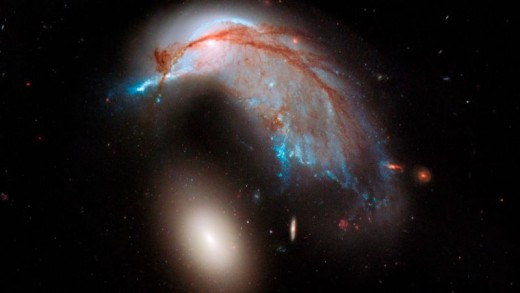
The Porpoise Galaxy (or NGC 2936 if you want to be boring) is a rare example of a galaxy that got twisted all out of shape by an event that did not exactly involve a collision. Another little weird child of the Hydra constellation, the porpoise galaxy is neighbor to a massive galaxy bully, the titanical NGC 2937, an elliptical behemoth, seen in the lower left, in white.
While it hasn't exactly collided with anything, it is speculated that the porpoise was originally just another spiral galaxy, spinning away into space, making stars, and generally minding its own business, and then it kinda got too close to its massive neighbor, getting heavily distorted due to it. Technically, the porpoise is being both deflected and attracted by its massive neighbor's magnetic fields and gravitational pull, meaning part of it got pushed away, while another part got pushed in, thus creating its unique "diving" look.
And for the last time, its not a dolphin, its a porpoise, PORPOISE.
The Southern Pinwheel Galaxy
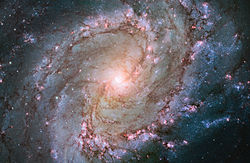
The Southern Pinwheel Galaxy (Messier 83 or NGC 5236) is another notorious child of the Hydra constellation. It is a barred spiral galaxy. This type of galaxy is, actually, the most common, contrary to popular belief of "normal" spiral galaxies being the most common. Approximately two thirds of all known spiral galaxies have some sort of "bar" at its center that spins along with it.
This one in particular is notorious for being the closest and brightest barred spiral galaxy that we know, having shown us no less than six supernovae! What's even better about it is that you don't actually need a telescope to see it, as you can observe it using only binoculars by looking at the right place. It is also one of the galaxies that is almost perfectly facing us, instead of being on its side or angles, like most galaxies, making it more easily observable.
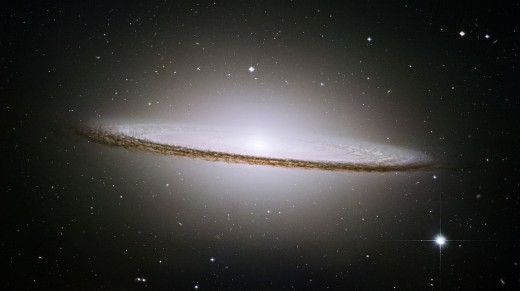
The Sombrero Galaxy (M104 or NGC 4594) is a rather small galaxy (its only about 30% the size of our Milky Way Galaxy, being considered a dwarf galaxy) in the constellation of Virgo. It got its lovely name from its shape. The outer dust rings combined with the spherical shape of the bulge in its center create a sombrero-eske shape. The supermassive black hole in its center may be partially responsible for its unique shape.
It is notable for being rather close to us and also being extremely bright, so bright in fact that it can be observed from Earth with only amateur telescopes, despite being rather small. These attributes set it apart from its many neighbors, as it inhabits a huge string of galaxies that extend as far as to the south of the Virgo cluster.
Hoag's Object
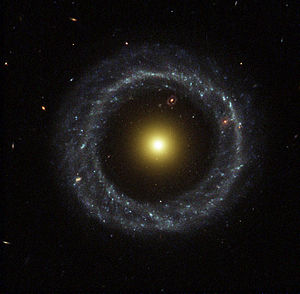
More Stargazing Greatness On Amazon
Easily one of the rarest types of galaxies ever observed, Hoag's Object (rather unoriginally named due its original discovery by Arthur Allen Hoag) is a uniquely beautiful galaxy found in the Serpens constellation. While astronomers consider it a type of ring galaxy (a galaxy in which the brightest star clusters are on the outer rim of the galaxy rather than towards the center), Hoag's Object is anomalous even in that classification. Not only does it appear to be perfectly round shaped, but its center appears to be formed mainly by a huge clusters of yellow stars, which very few and very faint star clusters populating the "void" between the bright center and the outer rings.
Through this picture, yet another ring galaxy can be seen, in the distance, close to the upper part of the ring. Nobody has really been able to provide a decent explanation as to why it looks like it does. Some theorized that it was originally a barred spiral galaxy that became unstable and lost its inner bar, but this theory has been since discredited, since barred spiral galaxy centers tend to be disc shaped, and Hoag's Object nucleus is actually a sphere. It still remains one of the greatest mysteries in the night sky, one that you, unfortunately, can not observe without a powerful telescope, as it is about 600 million light years away.
The Black Eye Galaxy
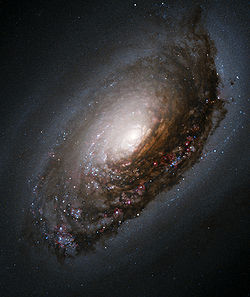
Also known by its far more omnious name, The Evil Eye Galaxy, and its far more child friendly name, Sleeping Beauty Galaxy, is a unique galaxy that has a strange and massive band of black gas around its center. It is a spiral galaxy in the Coma Berenice constellation.
Despite its appearance, the galaxy actualy consists of two disks rotating in different directions, and is speculated to have been born of a galactical collision that happened long, long ago. It can be observed with amateur telescope, being only 17 million light years away. Also, despite its dark center, the galaxy is probably going through a high rate of star formation in its center, due to its richness in gases.


